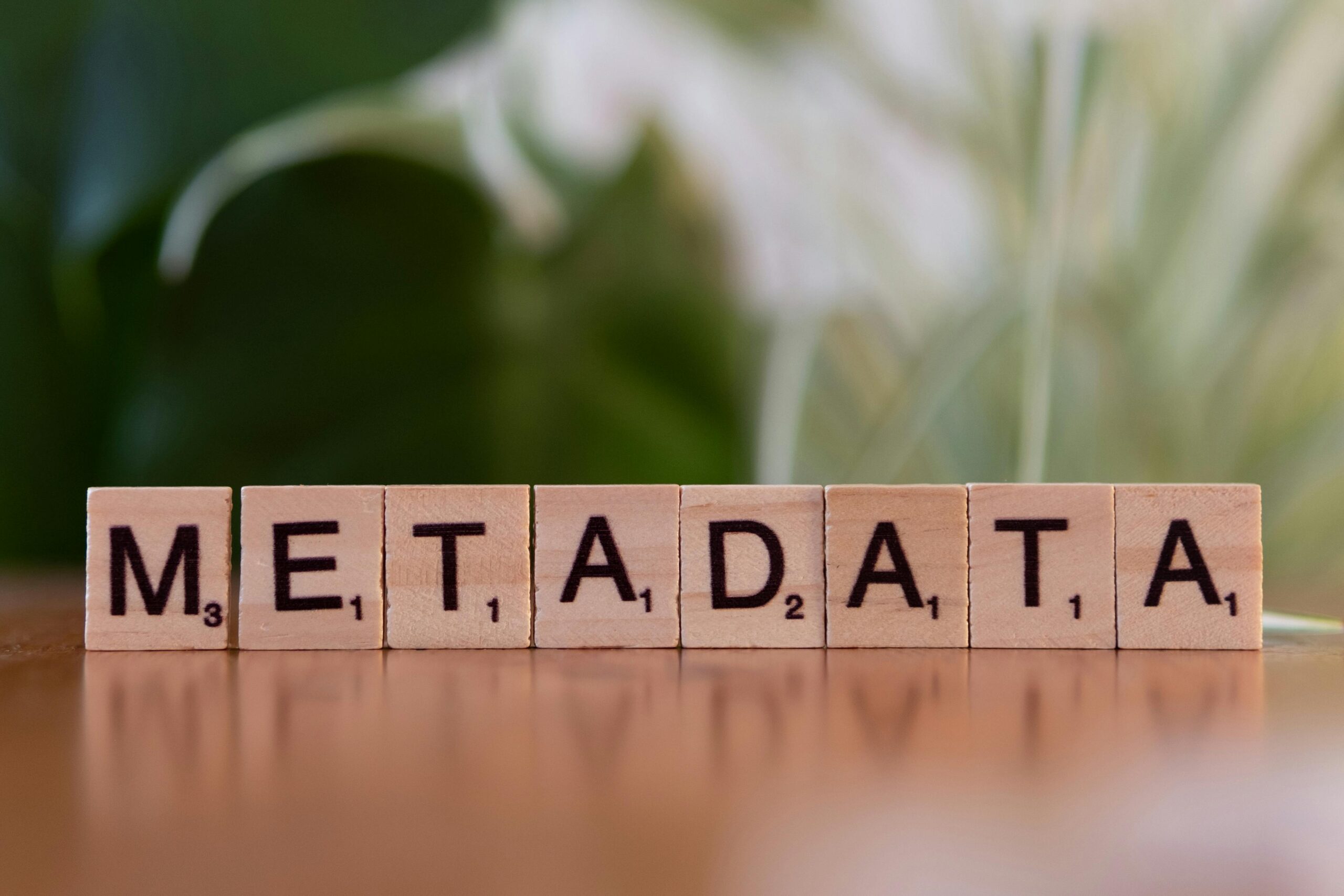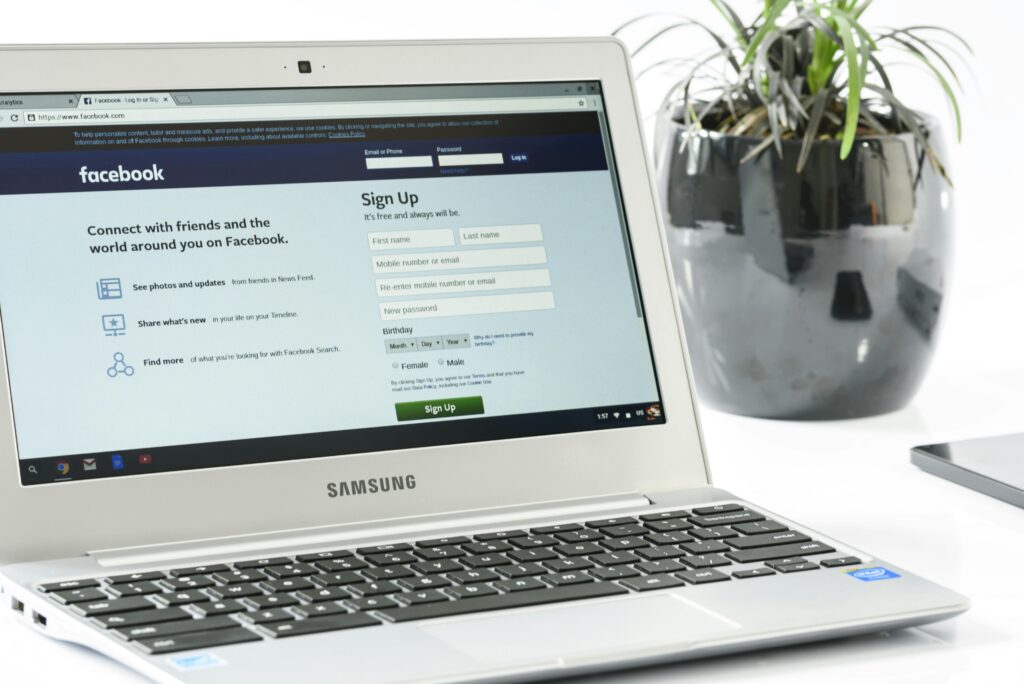How to Keep Your Releases Organized, Credited, and Payable
Disclaimer: This post isn’t legal or financial advice — just practical guidance based on my own experience as a label owner and music educator. Always double-check with your distributor or royalty organization if you’re unsure how your metadata is being used.
So far, we’ve talked about rights and royalties — the what and the who. Now it’s time to focus on the how: how your music is tracked, credited, and ultimately found and paid through the system.
That’s where metadata comes in.
Why Metadata Matters
Metadata is the behind-the-scenes information embedded in your music files and release forms — things like your song title, ISRC, artist name, and songwriter credits.
When metadata is missing or wrong, a few things can happen:
- You might not get paid
- Your song could be miscredited to someone else
- Listeners or platforms may not be able to find your music
- Rights organizations might not be able to track usage correctly
Put simply: metadata is how the system knows who you are and what to do with your music.
What Is Metadata?
Here are the key types of metadata every independent artist or label should understand:
- ISRC (International Standard Recording Code): A unique ID for each recording you release. Think of it like a barcode for a specific version of a song.
- ID3 Tags: Metadata embedded directly into the audio file itself (e.g., song title, artist, album, composer, genre).
- Credits: The names of everyone who contributed — songwriter, producer, featured artist, label, etc.
- Distributor Metadata: Info entered when you upload to your digital distributor (Spotify, Apple Music, etc.).
What You Should Be Doing
1. Assign ISRCs to Every Release
Each version of a song — radio edit, remix, acoustic version — needs its own ISRC.
- You can get ISRCs from your distributor
- Or apply to be your own ISRC manager (which gives you full control)
What I did: I became an official ISRC registrant and assign my own codes for each release. I store them in a spreadsheet along with the song title, release date, and credits.
2. Use a Distributor That Lets You Control Metadata
Some distributors auto-fill metadata or limit what you can customize. This can create issues down the line — especially for songwriter credits or non-standard naming formats.
What I did: I chose CD Baby, which allows more manual input and flexibility. That way, I know what metadata is being delivered to streaming services.
3. Embed ID3 Tags Yourself
When you upload your song to a distributor, metadata is delivered separately from the actual audio file. But if you’re sending tracks for radio, licensing, or sync — the file itself should be tagged.
- You can embed ID3 tags in your DAW (like Logic Pro)
- Or use tools like MP3Tag or Kid3 for batch tagging
What I did: I embed all ID3 tags myself inside my DAW to make sure my songs carry the right info no matter where they go.
4. Maintain a Catalog Spreadsheet
Keep a central record of everything you’ve released. Your future self (and your accountant) will thank you.
Include:
- Song title
- ISRC
- Writers & roles
- Recording date
- Release date
- Distributor used
- Streaming links
- Any licensing or sync notes
What I did: I use a simple spreadsheet to track all my releases and codes. It’s saved locally and backed up to the cloud for peace of mind.
Keep Your Data Consistent Everywhere
Whether you’re registering with SOCAN, listing songs with your distributor, embedding ID3 tags, or registering your master recording — everyone wants the same core information.
- Song title
- Artist name
- Writers and publishers
- ISRC
- Release date
Make sure your spelling, formatting, and capitalization match across every platform. A song titled “Midnight In Paris” on Spotify shouldn’t show up as “Midnight in paris” on your SOCAN submission or as “Midnite in Paris” in your ID3 tags.
This kind of mismatch can lead to delayed or misdirected royalties — or even prevent tracking entirely.
What I Learned the Hard Way
At first, I assumed my distributor handled ID3 tagging of metadata. But when I started looking closer, I realized:
- ID3 tags weren’t embedded in the final files
By taking control of metadata myself, I avoided this headache — and now I know everything is tracked the right way.
Final Thoughts
Metadata might not be glamorous — but it’s absolutely essential.
It’s how your work is identified, credited, located, and monetized. Without it, even the best songs can go missing in action (or get misattributed to someone else).
Take the time to:
- Assign your own ISRCs
- Tag your files
- Use a reliable distributor
- Keep your catalog organized
- Ensure consistent data across every platform
It’s a one-time investment that saves you time, stress, and lost royalties in the long run.
Coming Up Next:
In the next deep dive, we’ll talk about building a Public Presence & Brand Identity — how to shape your label’s image without becoming a full-time social media manager.
Until next time,
Trevor
Listening Edge Records / Bach To Basics Inc.





